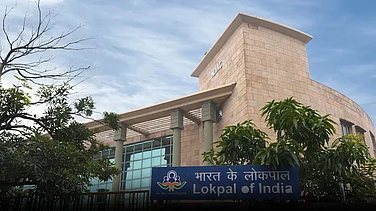In a decisive stride forward for India's third lunar mission, the Vikram lander module of Chandrayaan-3 has successfully separated from its propulsion module, marking a significant accomplishment in the country's pursuit of lunar exploration.
Post-separation, the Vikram lander is set to undergo a carefully orchestrated process known as "deboost." During this phase, the lander's velocity will be systematically reduced to facilitate its transition into a designated elliptical lunar orbit. This elliptical trajectory is meticulously calculated, with the Peruline, the point nearest to the Moon's surface, set at an altitude of 30 kilometers, and the Apolune, the point farthest from the Moon, reaching an altitude of 100 kilometers.
Chandrayaan-3, launched on July 14, continues to make strides in its lunar journey. Comprising a lander module, a propulsion module, and a rover, the spacecraft achieved a significant milestone on August 5 by successfully entering lunar orbit. Following this achievement, a series of precise orbit reduction maneuvers were executed to position the spacecraft above the lunar poles, further advancing India's ambitions in lunar exploration.






















